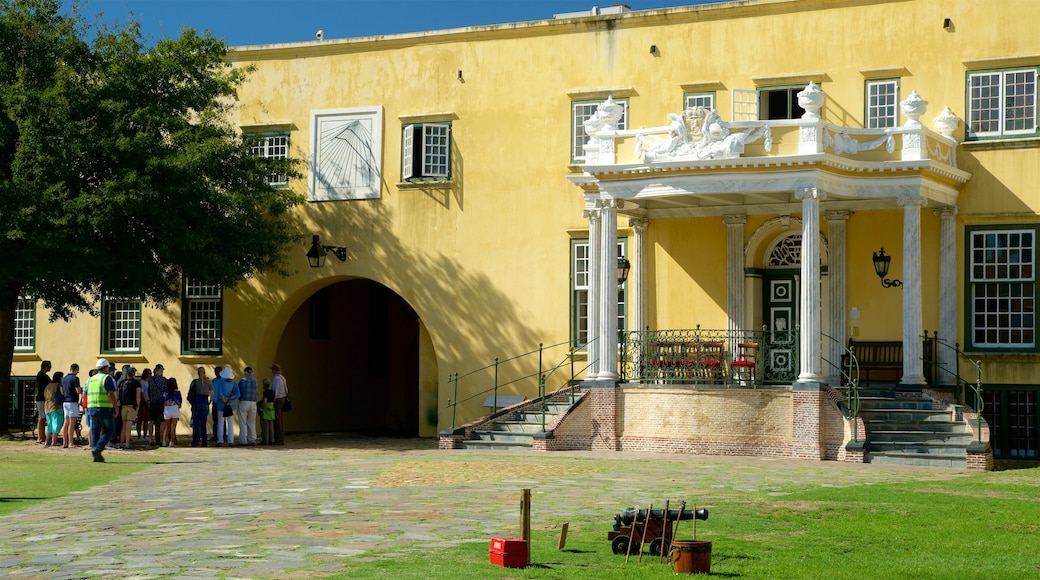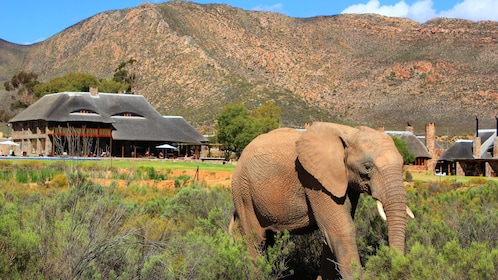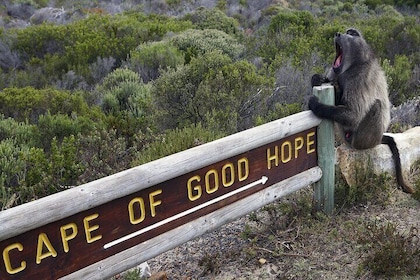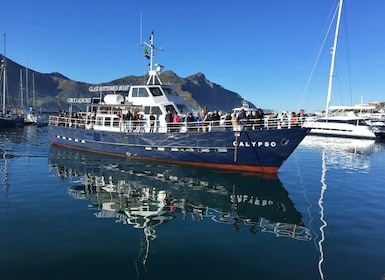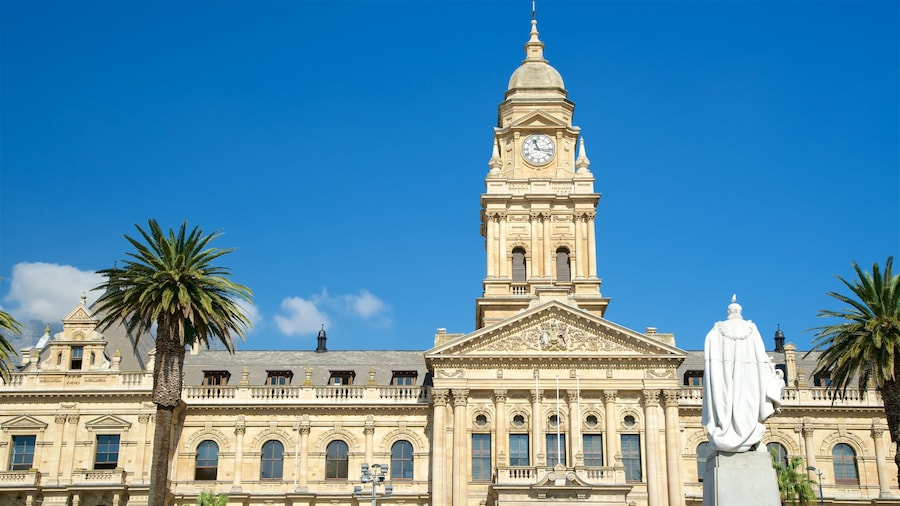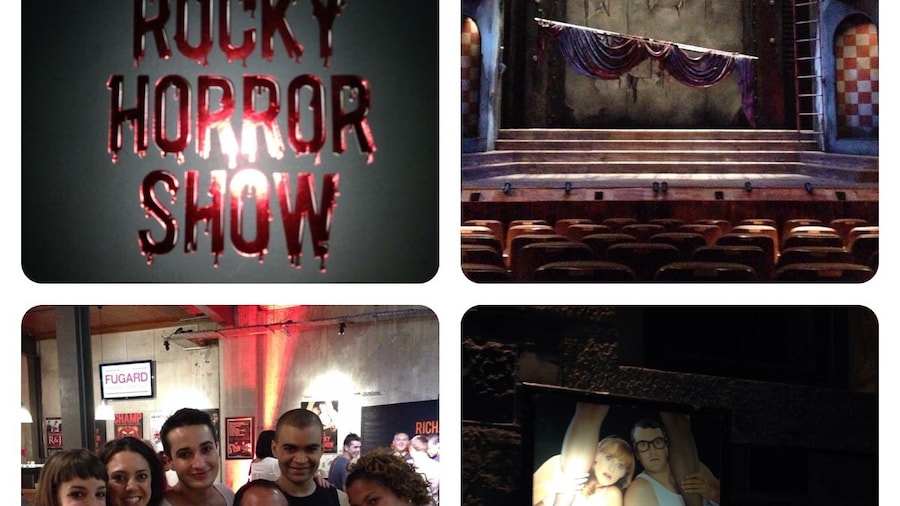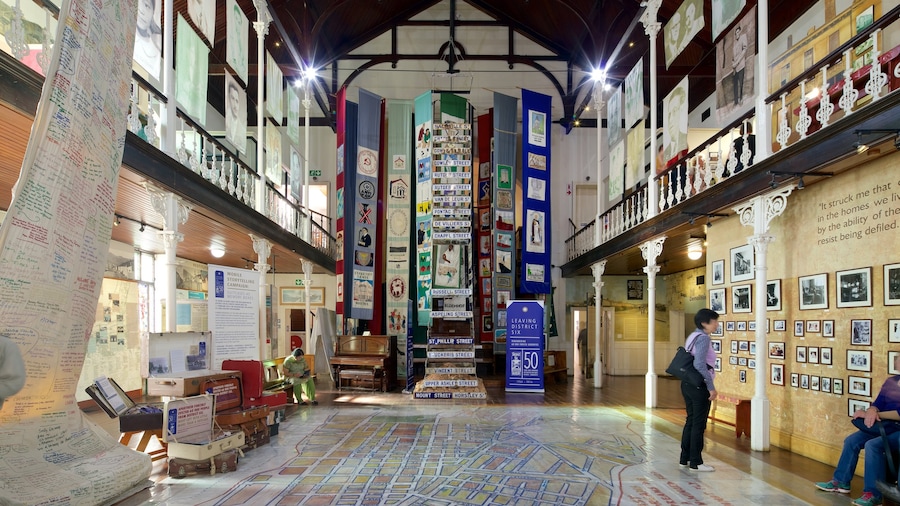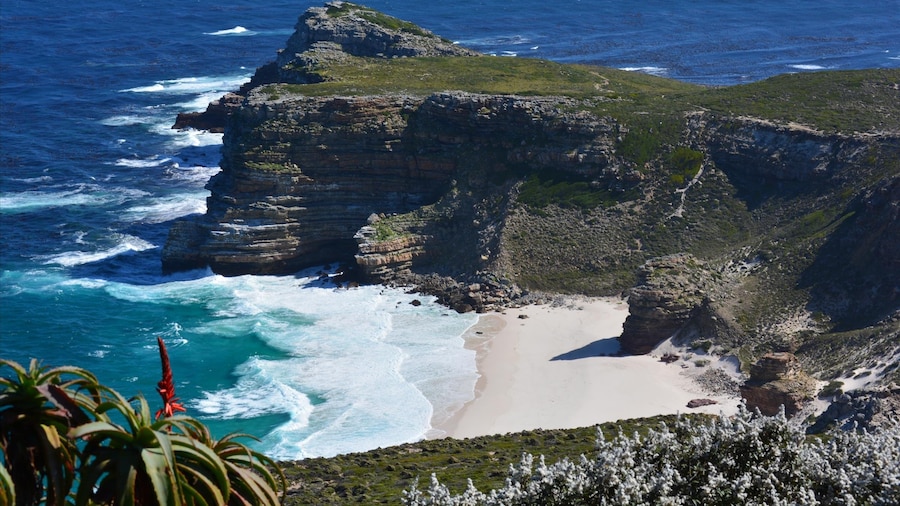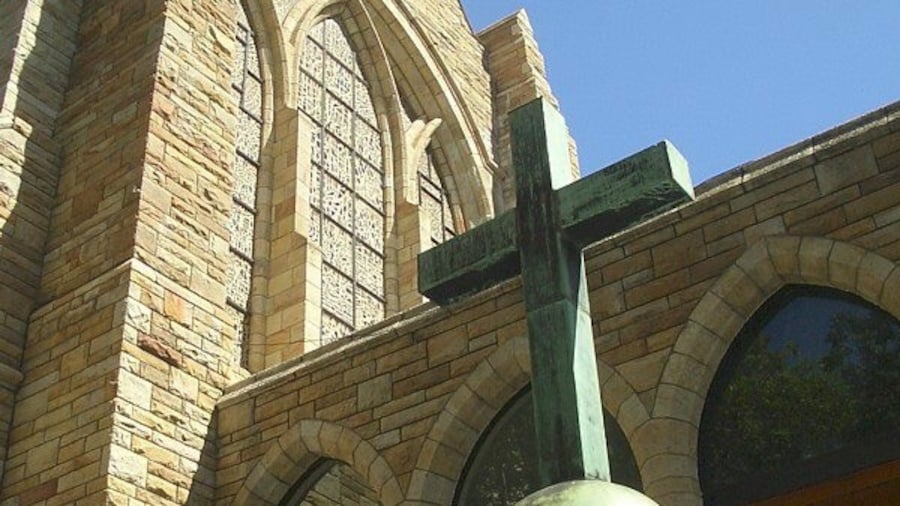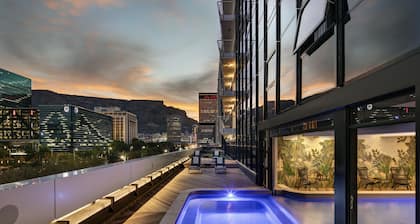The Castle of Good Hope dates back to the 1660s and 1670s, when it was established by the Dutch East India Company and is South Africa’s oldest surviving building. Curiously, when built, this fortress stood on the city’s shoreline.
The castle is pentagon-shaped with defensive towers at each corner and solid stone walls. Walk through the entrance to a courtyard and explore the buildings, which once held the fort’s chapel, dungeon, governor’s living quarters and wine cellars. Look for the porch, from where Dutch leaders made public addresses to the city’s residents and slaves.
A selection of the castle’s buildings are home to the Castle Military Museum and the William Fehr Collection. Find examples of military regalia, uniforms and weapons in the museum. The William Fehr Collection is an array of artworks, furniture and paintings that portray life in Cape Town from the 17th century until the late 1800s. The collection was amassed by South African businessman William Fehr and is split between the castle and Rust en Vreugd, a historic house in the city center.
Climb up onto the castle’s grassy ramparts for impressive views of major city landmarks. To the west is the 2,195-foot (669-meter) tall Lion’s Head peak, while to the southwest is the 3,560-feet (1,085-meter) tall Table Mountain. Spot the clock tower of the early-20th century Cape Town City Hall.
Situated in the Foreshore district, the castle is less than a 10-minute walk from Cape Town’s train station. Parking is available, for a fee, on the nearby streets. You can also get here via a hop-on hop-off tourist bus.
The Castle of Good Hope is open daily, except on Christmas Day and New Year’s Day, and there’s an admission fee. Guided tours take place three times a day from Monday to Saturday. Arrive on a weekday morning to see the Key Ceremony depicting the unlocking of the castle and a cannon firing demonstration.



